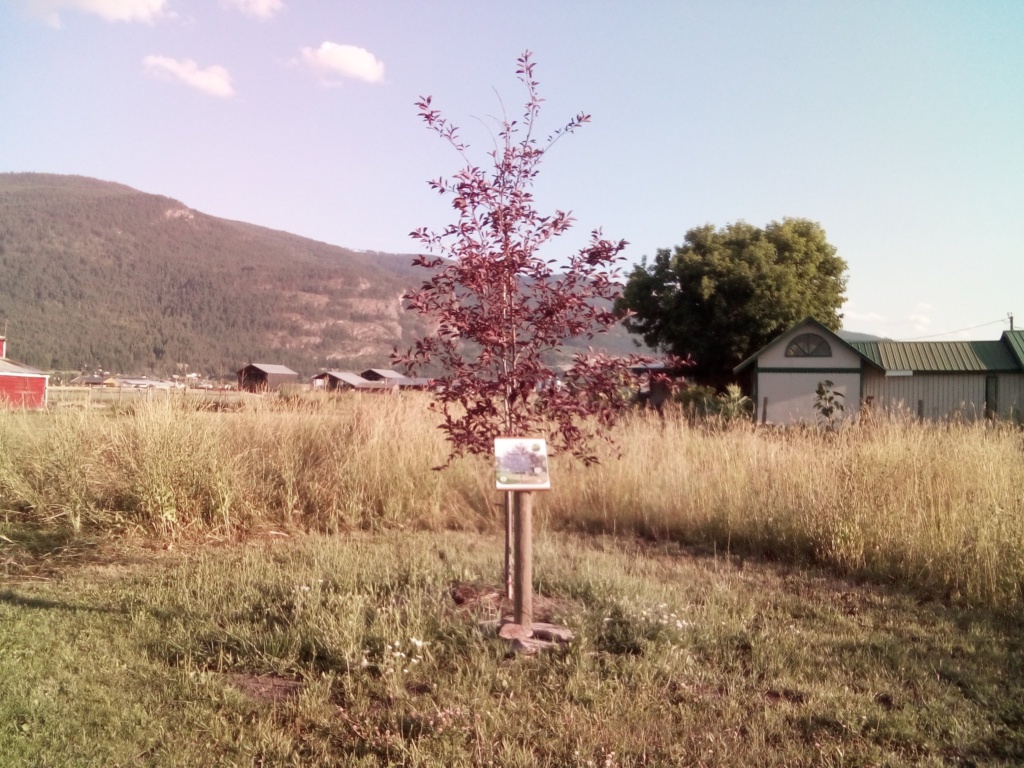
Secwepemc name:
fruit: tkwlósa7; bush/tree: tkwlose7ellp
More than one variety of choke cherry are recognized, although they are apparently all called by the same name. For example, Mary Thomas noted that there are two kinds; one kind makes the mouth go all cottony inside, whereas others are sweet. Aimee August said, “They’re all colours. Could be yellow, could be red, could be black.” There were also different shades of red. People were selective in their harvesting: “They wouldn’t just get any ones; they know where the best ones are.” Formerly, choke cherries were gathered in large quantities, and many people still use them today. Mary Thomas recalled that they were dried, seeds and all, then stewed. The person eating them would simply spit out the pits as they were eating. Stewed choke cherries (and broth of the sucker fish) were considered excellent foods for people first starting to eat again after having lost their appetites due to illness. More recently, people have made jelly and syrup from choke cherries, boiling them and straining off the juice, then mixing it with sugar. Choke cherries are sometimes mixed with apples to make a good pancake topping. Choke cherry juice is considered a healthy and refreshing beverage. Fresh choke cherries are a good gift, and dried choke cherries were formerly a common trade item. Mary Thomas also knew of medicinal uses for the bark, which she said was harvested in late fall or in early spring and could be dried and stored. A tea of the bark was used to treat colds and coughs, and also as a gargle for singers and speakers. (People made general use tonics with sticks of soapberry, juniper, choke cherry and Oregon grape.) Mary Thomas recalled that her father used to take one day a year, with the other men in the community, and ride around the area torching the tent caterpillars on the choke cherry trees.
![]()
